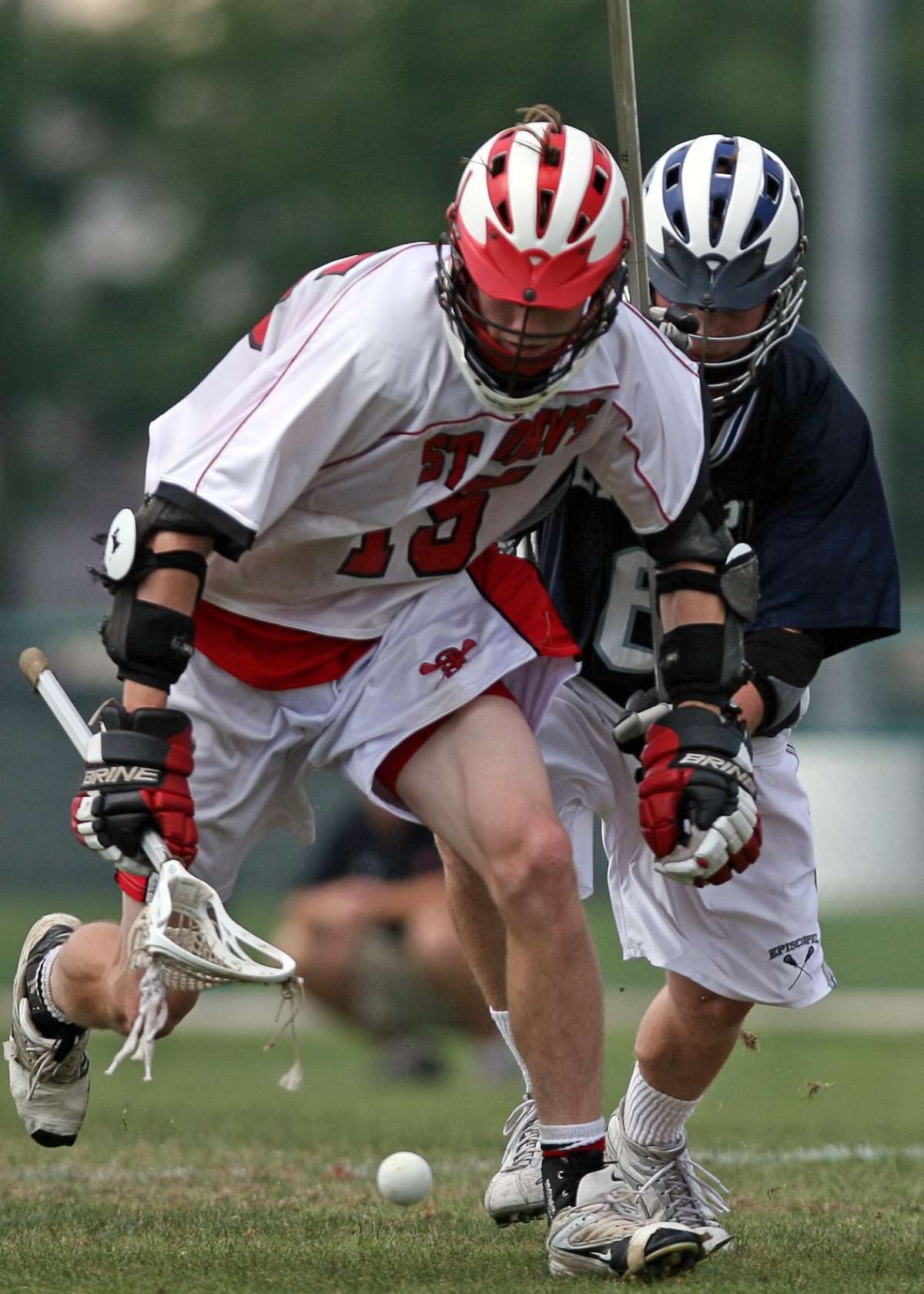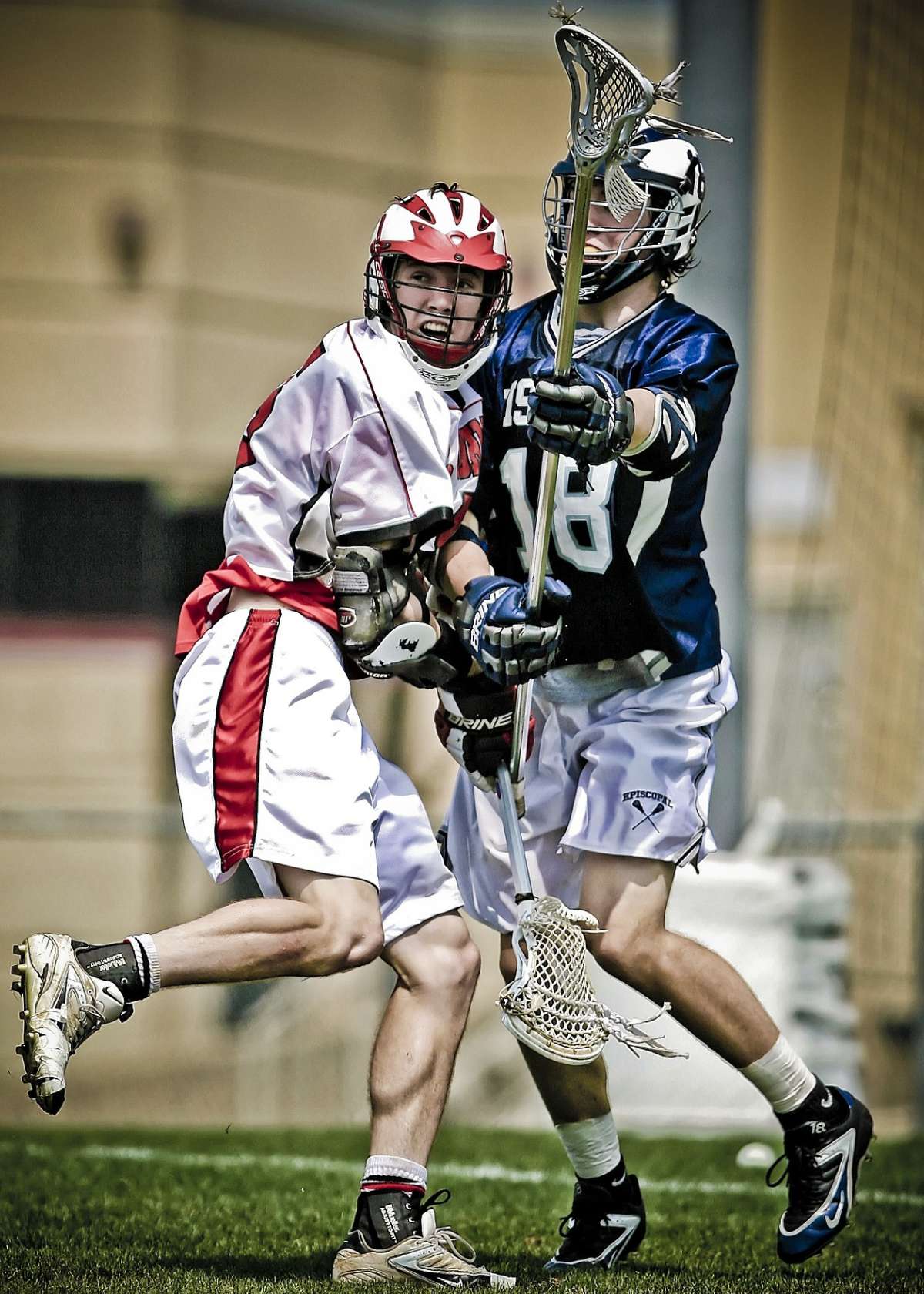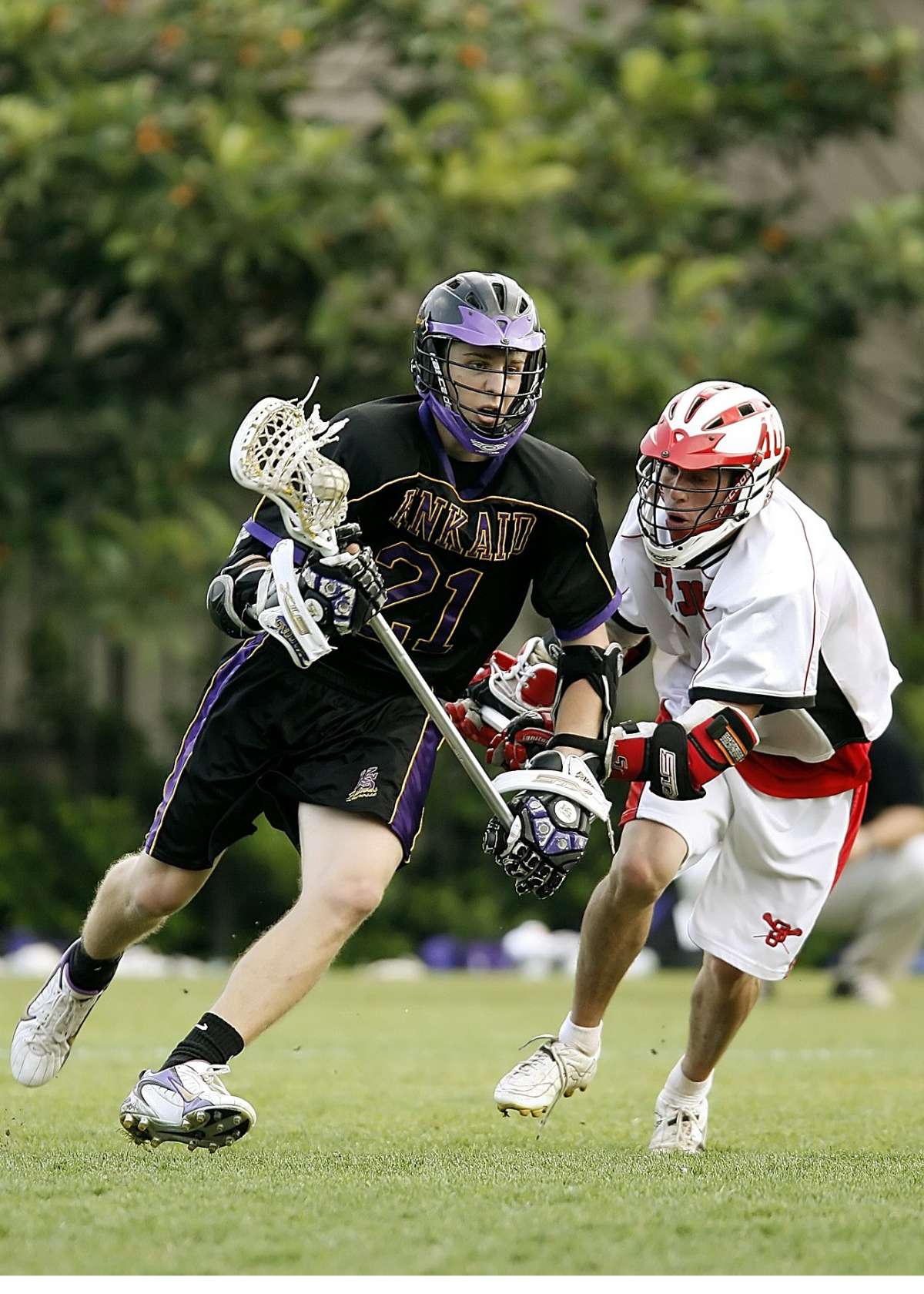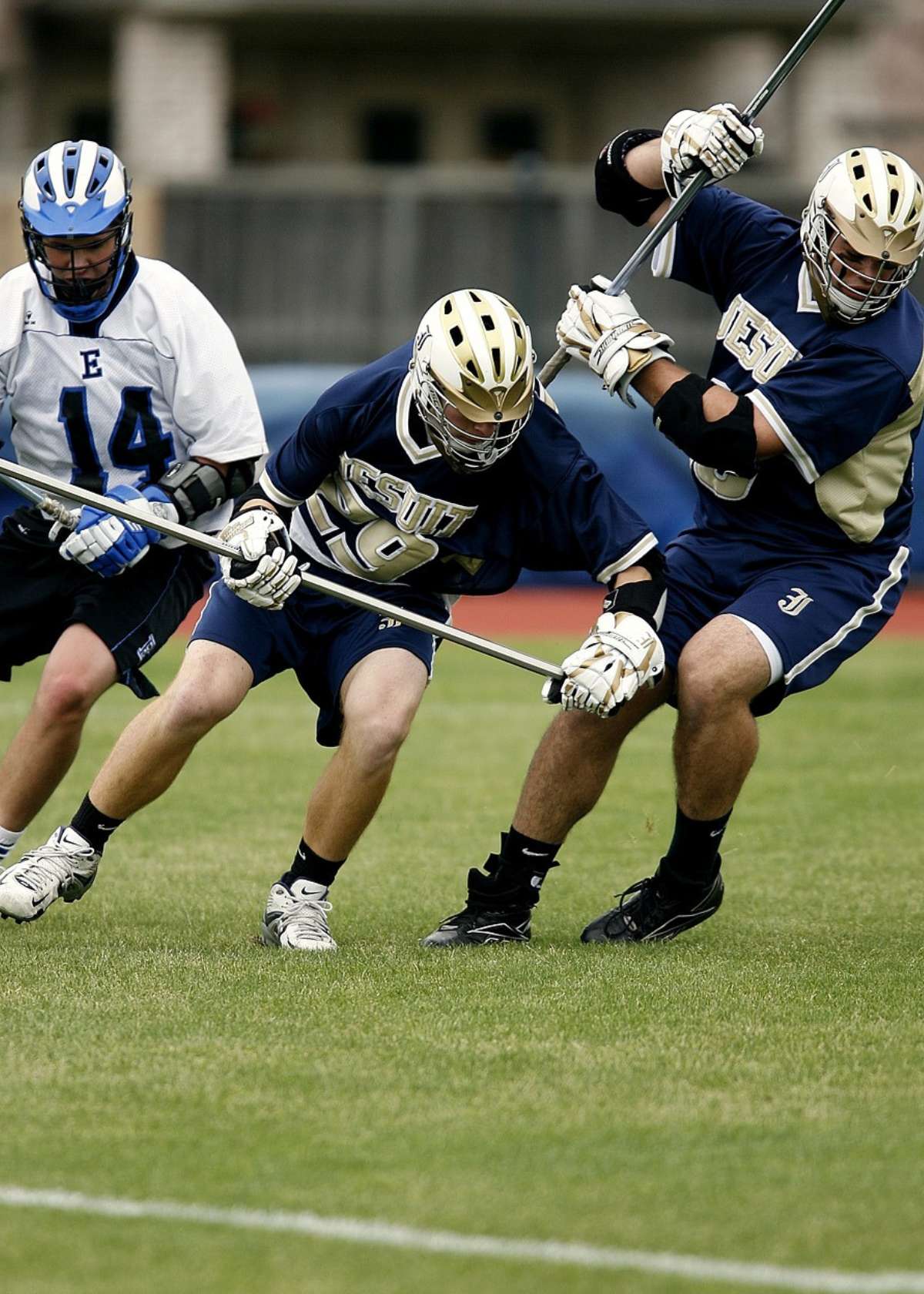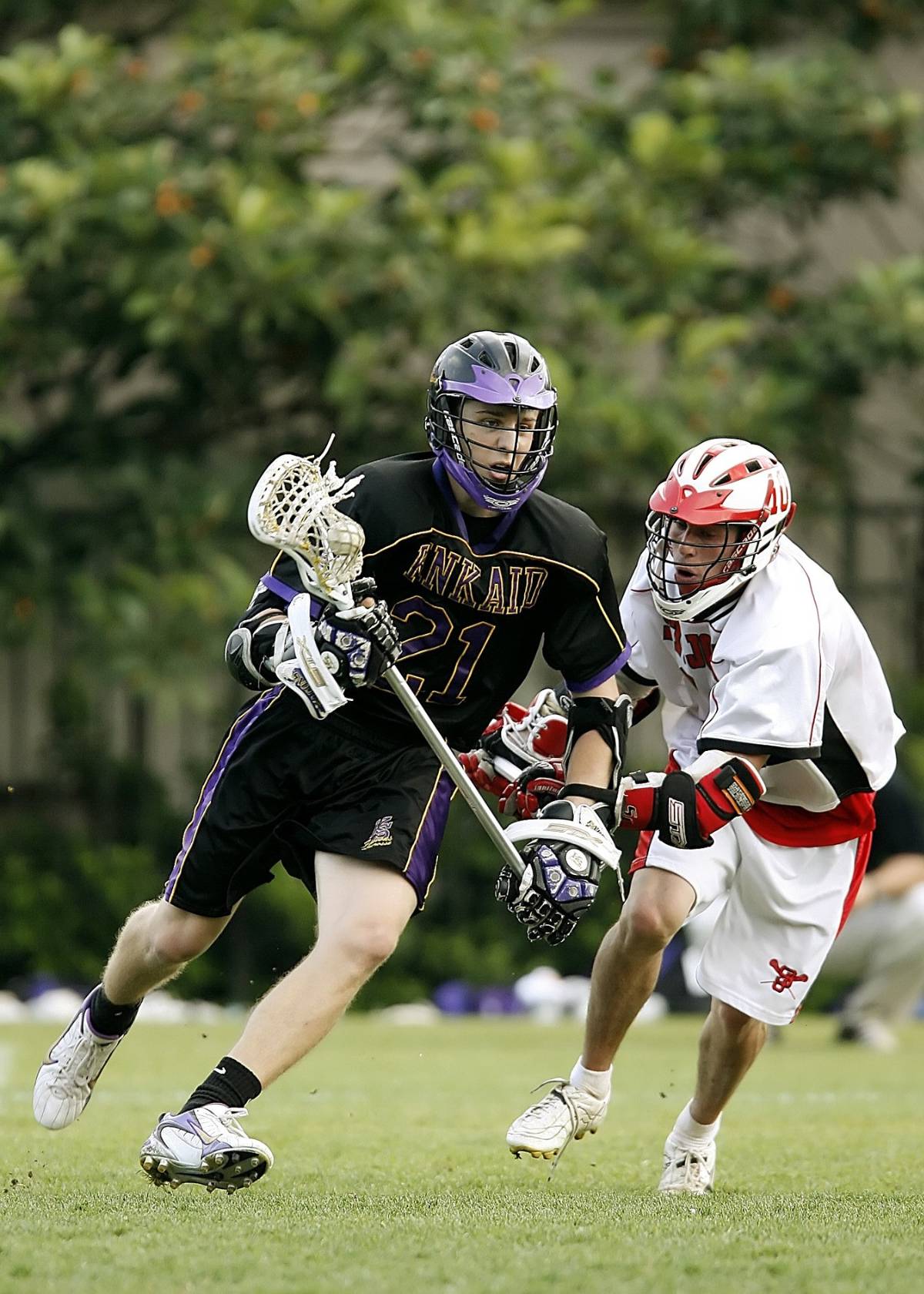For any beginner to the sport of lacrosse, understanding the rules and regulations is only half the battle. The other half is mastering the lingo!
It can be a bit overwhelming if you don’t know what all the terms mean, so we’ve put together this list of 22 important lacrosse terms that every beginner should know.
With these basic concepts under your belt, you'll be ready to jump into a game with confidence and master some of the more complex elements of lacrosse in no time!
1. Checking
Checking involves using physical contact defensively either through body positioning or contact with sticks and arms in order to disrupt passing lanes and cause turnovers for your team.
2. Clearing
This term refers to when the team in possession passes or runs the ball out of its defensive half in order to move it upfield.
3. Crease
This is an area located around the goal and is marked by a distinct arc. Offensive players are not allowed to enter this area.
4. Cross Check
Cross-checking in lacrosse is a dangerous and illegal move that carries serious consequences. This is a form of contact in lacrosse where a defensive player uses the shaft of their lacrosse stick to directly hit an opposing player, usually below the shoulder.
The lacrosse rulebook explicitly defines this term as a “check with that part of the handle of the crosse that is between the player's hands, either by thrusting away from the body or by holding it extended from the body”.
5. Face-off
The face-off is how each lacrosse game begins, with two players facing off against each other at the center field and attempting to gain control of the ball as soon as it is placed between them by an official.
6. Fast Break
A fast break occurs when the other team capitalizes on an opportunity created by a turnover and quickly moves upfield in the transition while still maintaining control of the ball before their opponents have had time to set up on defense.
7. Ground Ball
In lacrosse, a ground ball is any loose ball on the ground used to generate possession that can be scooped up by either team. Having control of the majority of ground balls can make or break a lacrosse team's success on both sides of the field.
8. Man-Down Defense
This term refers to when one team has fewer players on defense due to penalties or injuries, thus making them vulnerable to scoring opportunities for their opponents during that period of play.
9. Offsides
When one team has more than seven players on their offensive side or eight players on their defensive side, they are considered offsides, which results in a penalty for that team and possession being given back to their opponents at that point in the play.
10. Penalty Box
Penalty boxes are a common sight in lacrosse, used to enforce the rules of the game by temporarily banning offenders. Whenever a lacrosse player receives a penalty, such as slashing or tripping, they must serve that penalty by hanging out in the penalty box until their time is up.
11. Pick
A pick occurs when an offensive player attempts to block or screen one defender from being able to guard another teammate who has possession of the ball.

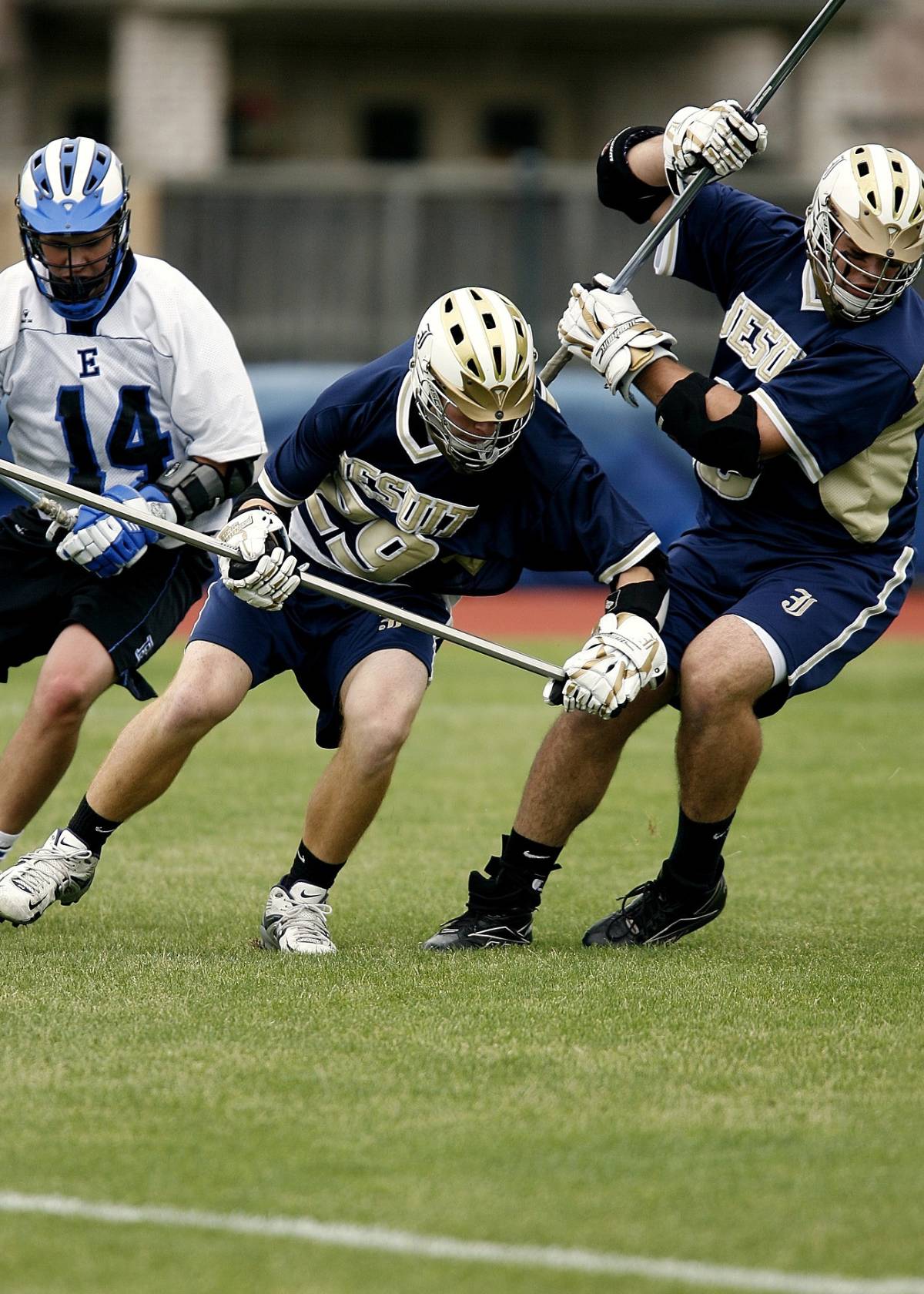
12. Poke Check
A defensive maneuver known as a poke check is a very effective way to disrupt an opposing lacrosse team. It involves the defender jabbing his lacrosse stick at the exposed hands, or stick end, of an opponent carrying the ball, in order to loosen their grip on it and thereby gain possession of it.
13. Possession
When a team has possession of the ball, they are trying to move into their offensive half and score on goal. It's also a lacrosse term used to define an offensive set. The team with possession is always trying to set up plays and being aggressive in order to gain ground and put pressure on the other team.
14. Ride
Riding involves aggressive stick checks by the offensive player in order to force their defensive adversary to turn over the lacrosse ball. This way, the ball can be dislodged from the on-ball defender, and the offensive team can maintain possession or score a goal.
15. Screening
Screening involves an attacker positioning himself between the goalie and the shooter, in an effort to block the goalkeeper's view - thus opening up a scoring opportunity for their teammate.
16. Slap Check
The defender uses their lacrosse stick to slap against the lacrosse stick of the offensive player who possesses the ball. While it is not as strong as the poke check, it can be surprisingly successful when used correctly.
17. Slide
In lacrosse, a slide refers to when a defenseman moves away from his assigned position in order to help out another defender who has been beaten by an offensive player. This occurs mainly when the offensive player has had a successful drive on goal, pushing them to one-on-one with the second defender.
18. Stick Checks
Stick checks involve defenders attempting to dislodge their opponent’s stick from his hand or wrists by using quick swiping motions with their own sticks.
19. Wingers
Wingers are midfielders whose primary responsibility is running up and down sidelines helping create passing lanes along outside boundaries of the playing field; they also help defend opposing wingers during transitions back downfield toward the goal area.
20. Unsettled Situation
Unsettled situations in lacrosse usually occur when a defensive team is unprepared and is not in its correct position. This can easily happen when a loose ball or broken clear turns into a fast break for the offensive end.
21. Zone Defense
Zone defense is an effective lacrosse strategy used to prevent scoring opportunities by the opposing team. During a lacrosse game, defensive players arrange themselves in predetermined zones around the goal they seek to protect, as opposed to sticking to certain individual players (man-to-man defense).
22. X
X is an integral lacrosse term that lacrosse players of all levels should be familiar with. X refers to a spot about 5-10 yards behind a lacrosse net, making it an advantageous position for offensive plays in lacrosse.
From X, lacrosse players can control the pace of the game more easily and have more room to maneuver as they move through the crease.
Conclusion:
Whether you're just getting started playing lacrosse or have been playing for years, mastering some key lacrosse terms will go a long way toward helping you become a better player overall!
Learning these 22 terms should give you a great start on mastering lacrosse lingo! These terms are essential for any beginner looking to understand more about this exciting sport. Once you’re comfortable with these basics, you can start learning more specific terminology related to individual strategies or positions on the field.
As always practice makes perfect – don’t forget that there’s no substitute for actually getting out there and playing some real-life lacrosse! So review our list, get out there onto the field, and start dominating today! Good luck out there!
Check out some of our other lacrosse and sports & fitness articles!








